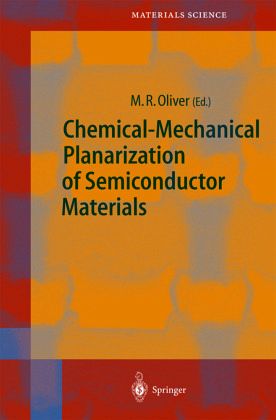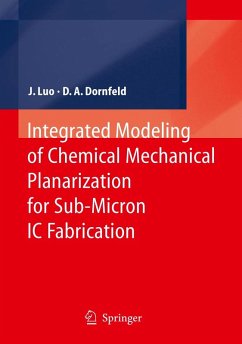
Chemical-Mechanical Planarization of Semiconductor Materials

PAYBACK Punkte
77 °P sammeln!
This book contains a comprehensive review of CMP (Chemical-Mechanical Planarization) technology, one of the most exciting areas in the field of semiconductor technology. It contains detailed discussions of all aspects of the technology, for both dielectrics and metals. The state of polishing models and their relation to experimental results are covered. Polishing tools and consumables are also covered. The leading edge issues of damascene and new dielectrics as well as slurryless technology are discussed.
Chemical Mechanical Planarization (CMP) has emerged in the last two decades and grown rapidly as a basic technology widely used in semiconduc tor device fabrication. As a semiconductor processing step, it was developed at IBM in the mid 1980s. From this beginning the technology has been widely adopted throughout the semiconductor industry. As basic CMP technology has been understood and accepted throughout the semiconductor industry, its uses in different parts of the semiconductor process have multiplied. This includes special steps for some special process ing flows, such as for DRAM technology. In addition, the availability of CMP technology has enabled the implementation of new technologies, with the best example being copper interconnect technology. Copper could not be practi cally implemented into semiconductor process flows until the advent of CMP. Unfortunately, the rapid acceptance and implementation of CMP technol ogy in wafer fabrication has occurred without a corresponding rate of advance in the underlying science. Progress is being made in understanding the un derlying CMP mechanisms, but, in general, it is slow and uneven. The most noteworthy exception to this trend is the science of metal CMP reactions, where the scientific understanding is actually driving much of the advance of the technology. There has been no corresponding progress in other CMP areas however.














